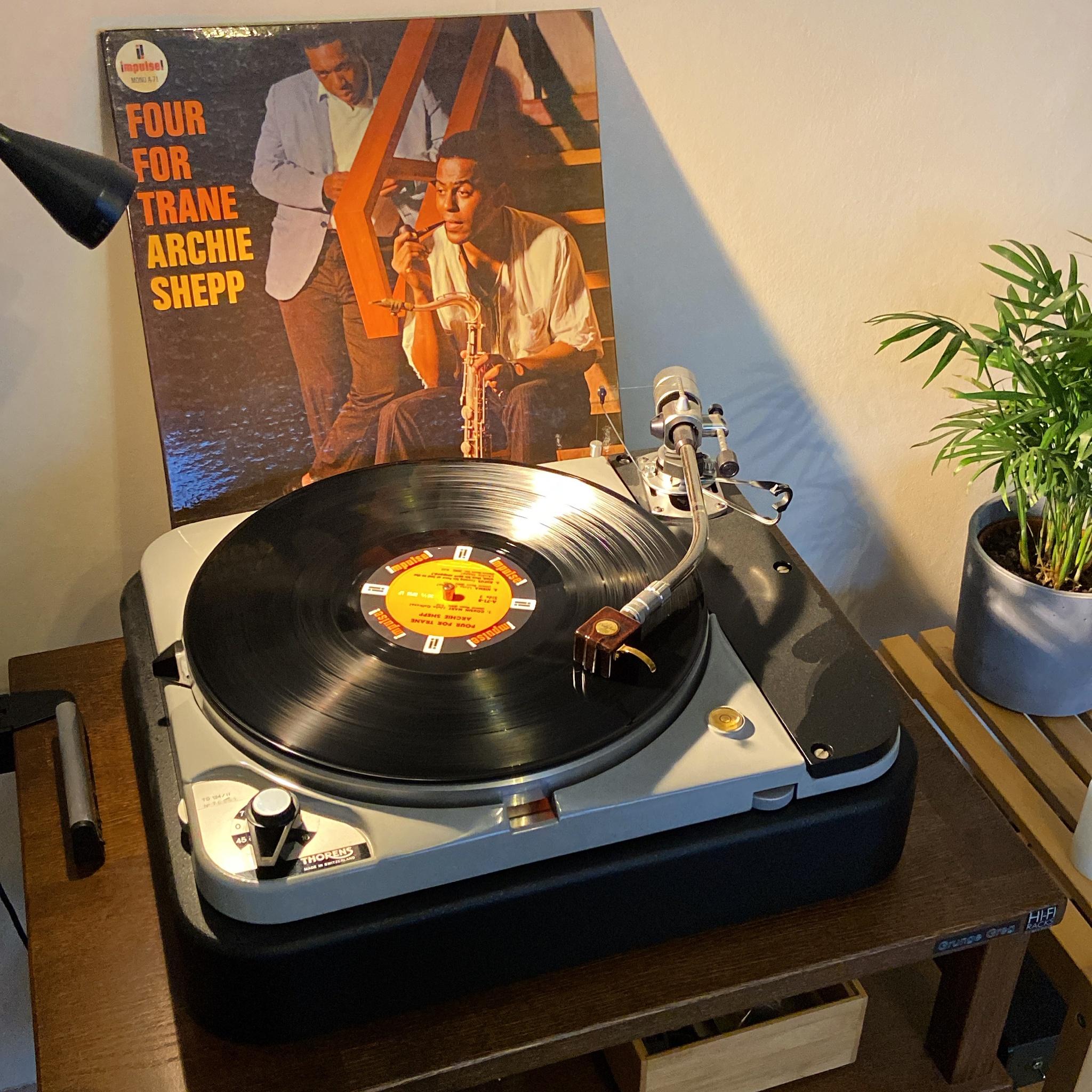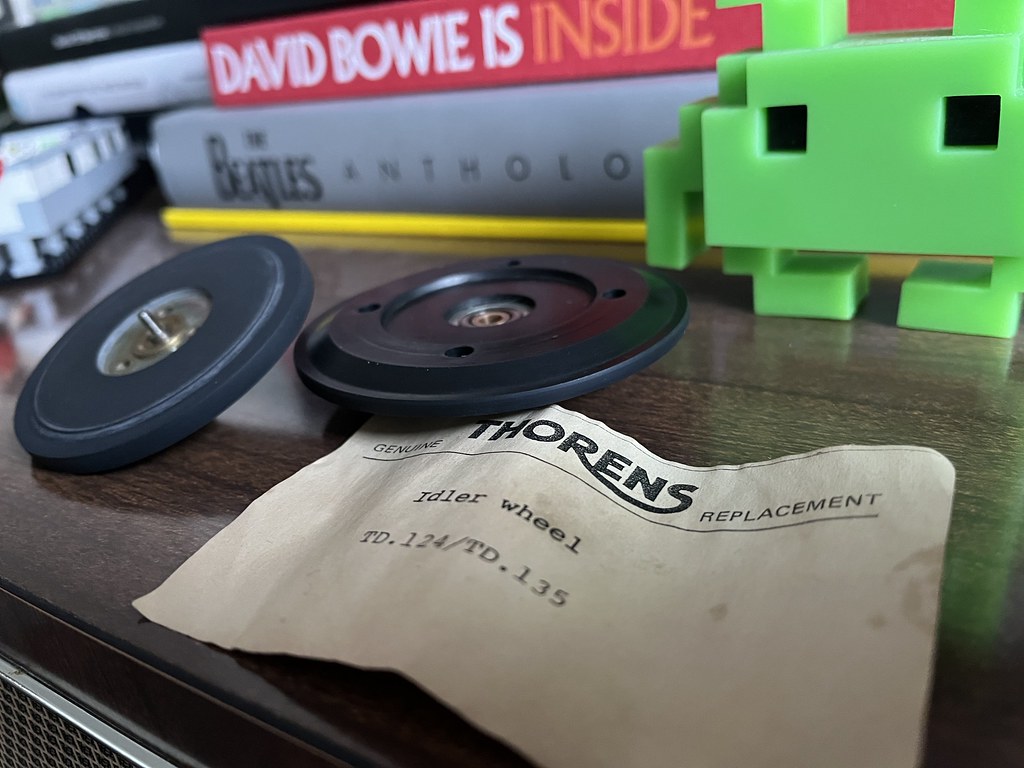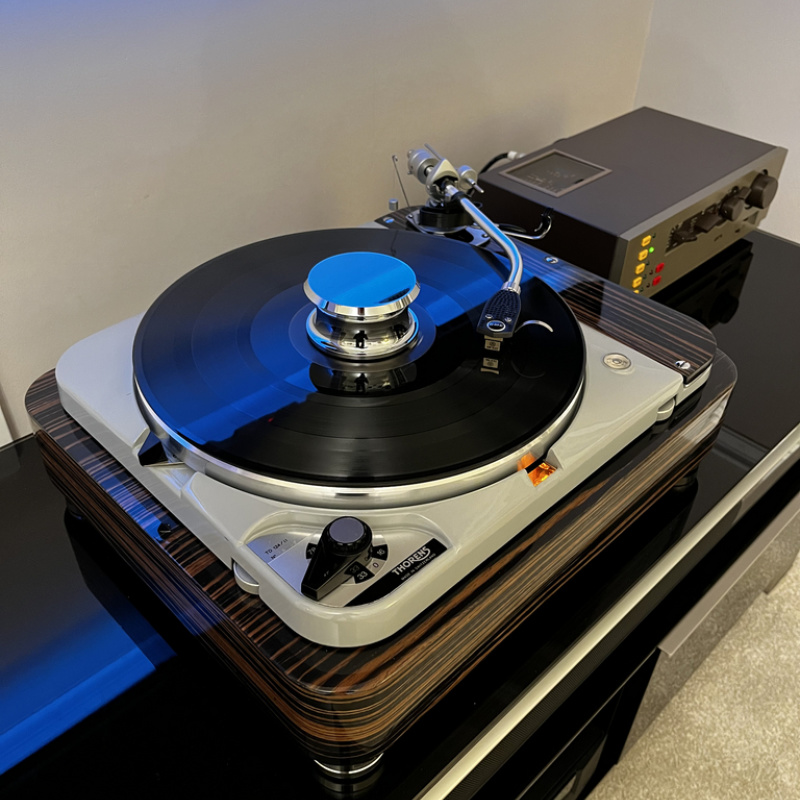Mike P
Trade: Pickwell Audio
Hi Willie,
I managed to get mine off without damaging it.
First I removed the speed selector knob for better access then used a solvent to soften the adhesive. I think white spirit but something like WD40 would likely work well and be safe. I then used a thin strip of plastic (something like a strip of an old credit card) which I then gently worked until the label. If the chassis on yours is to be repainted anyway you could use a sharp blade.
Best of luck.
Regards, Mike
I managed to get mine off without damaging it.
First I removed the speed selector knob for better access then used a solvent to soften the adhesive. I think white spirit but something like WD40 would likely work well and be safe. I then used a thin strip of plastic (something like a strip of an old credit card) which I then gently worked until the label. If the chassis on yours is to be repainted anyway you could use a sharp blade.
Best of luck.
Regards, Mike






